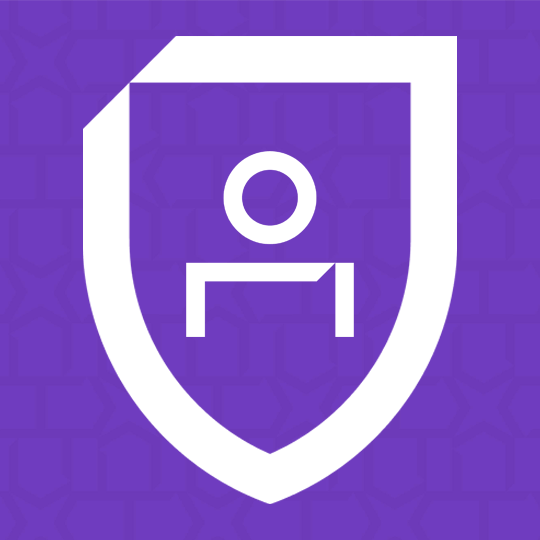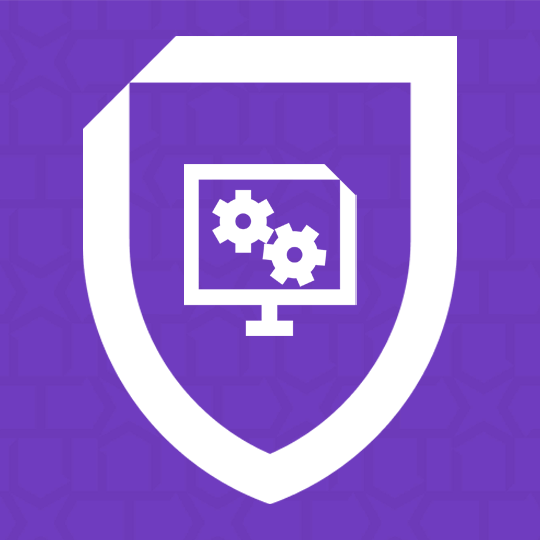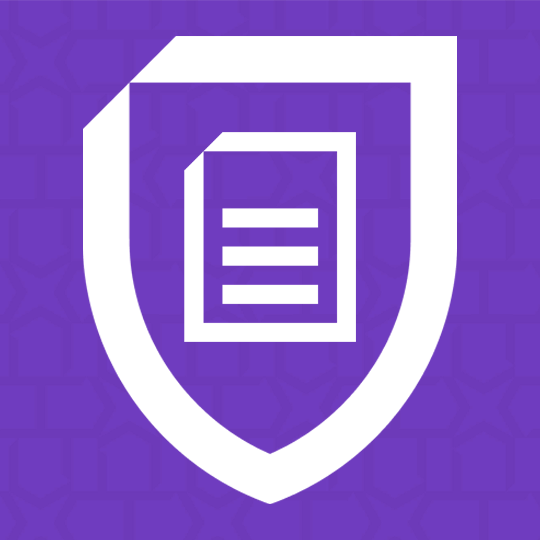Do you have the toolkit to protect from attackers? Find out before it’s too late with a Cyber Assessment.

The nature and complexity of cyber security threats are increasing,
IT teams need to have the tools and functionality to combat them.
Our cyber assessments cover three levels and are designed to
be applicable irrespective of the size of the company.

These are the standard security rules that we promote as essential for any business, of any size.

Recommended, but not essential.

Mitigation of a security incident in real-time, to react or remediate immediately.
Network Segmentation
Virtually and logically segregating network zones to limit spread of hack or breach.
Security Fabric - Firewalls & Edge
Security of the perimeter of your network.
Vulnerability & Patch Management
Deploying vendor patches to protect systems from known exploits.
Physical Security
Access control, BMS systems and secure cabinets to prevent physical access to system or data.
Best Practice
External review to ensure best practice is being following.
Identify Access Management & MFA
User databases, RBAC and user authentication.
Remote Access, Jump Hosts and 3rd Party Access
Providing connectivity to any business device is a risk, but there are a multitude of IT provisions that can further protect a secure remote access link.
Network Log Collection
Collecting systems logs is the first step in providing more visibility into network traffic and therefore, provides an ability to find threats or faults when they are present proactively.
SD-WAN
With a mass collection of sites and requiring varying countries to connect, SD-WAN provides a cheap and robust way to allow devices to communicate more freely between zones.
Policy Automation
An ability to define conditions and rules so that users, devices or traffic types get automatically approved and denied.
Detection and Response XDR/NDR
XDR systems to protect endpoints.
SIEM
Security Incident and Event Management, log management, event correlation, incident monitoring and response.
SOAR
Security Orchestration, Automation and Response. In short, how security teams provide consistency and manage repetitive and time-comsuming tasks, freeing time to resolve incidents.
IPS/IDS
Intrusion Detect system 'detects' suspicious activity. Intrusion Prevension System 'detects' and can 'prevent' malicious activity. Typically found on Next-Gen Firewalls.
24/7 Managed Response
Either a managed service or an active out of hours response team that can identify and remediate issues that happen outside of office hours.
Penetration Testing
3rd party testing to ensure the security of your network.
PIM
PIM solutions often integrate with identity and access management (IAM) systems, leveraging existing user identities and roles for 'just in time' access
Zero Trust/ZTNA
Zero Trust is a methodology for cybersecurity that centres around the principle of 'never trust, always verify' and eliminating implicit trust in any entitiy, user, or systems, for all systems.
Breach & Attack Simulation/Red Teaming
Threat emulation tools mimick an advanced, stealthy threat actor thats been embedded in an IT environment for running Adversary Simulations.
Honetpots/Honeynets
Honeypots are isolated and monitored systems that appear to be legitimate, containing fake data or resources that seem valuable to an attacker. This allows network teams to know when the organisation is potentially under attack.
Sign up for our monthly newsletter.